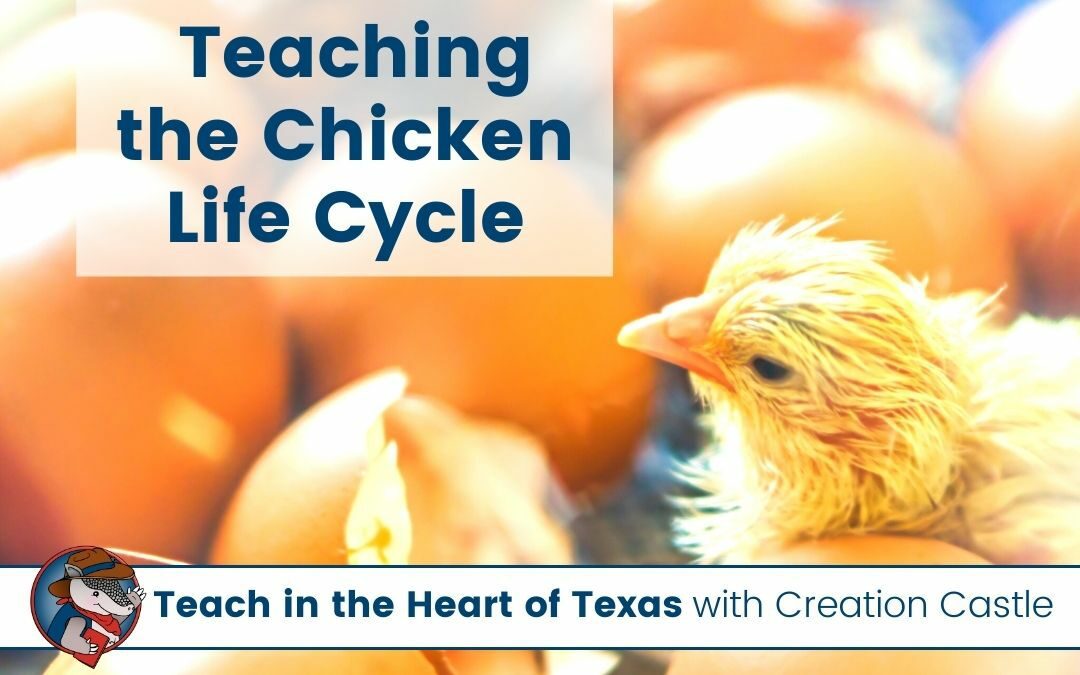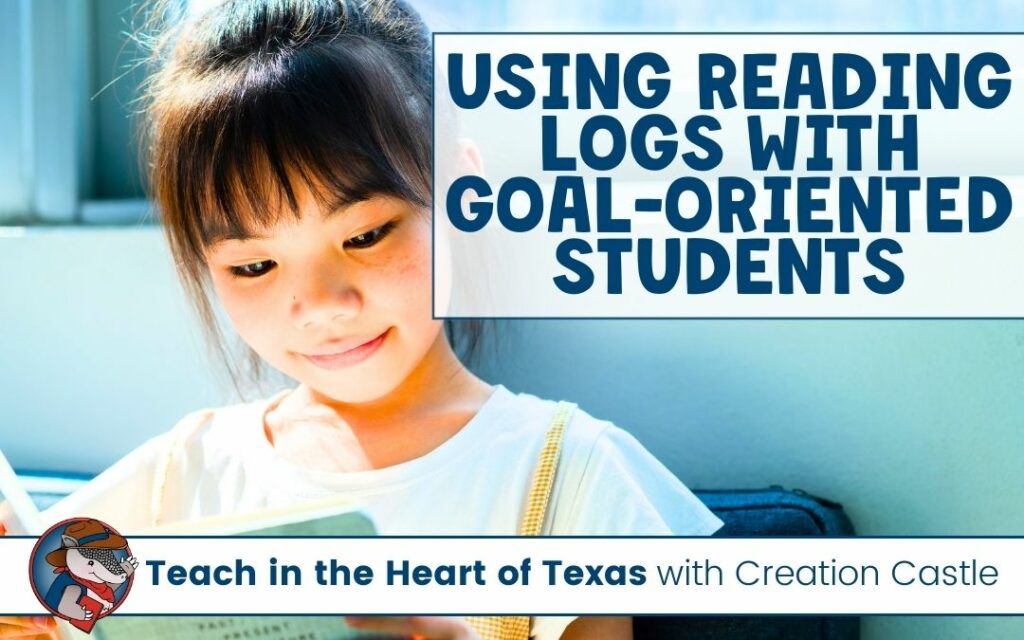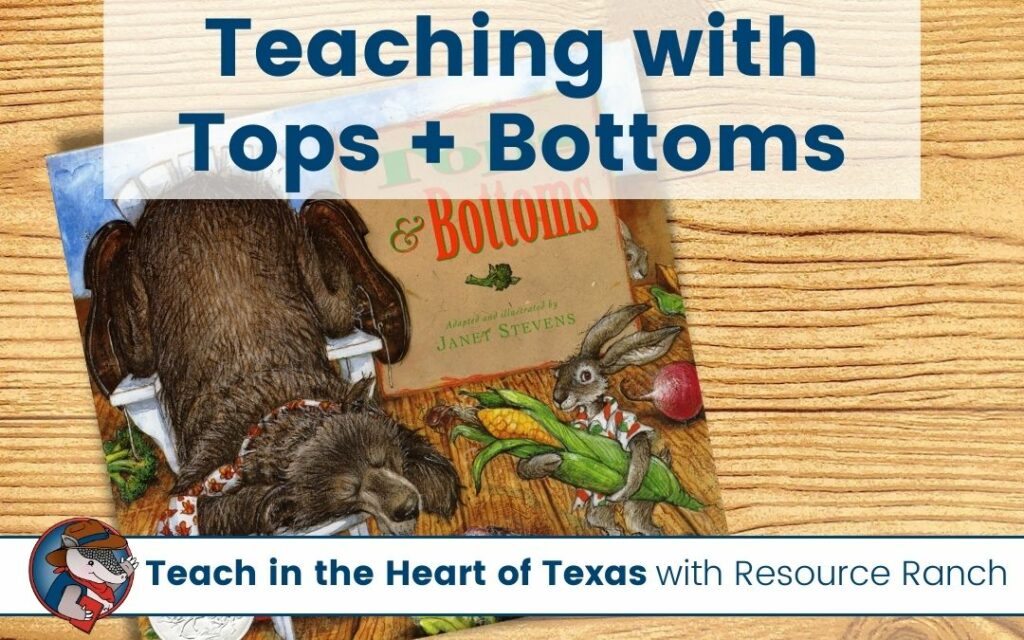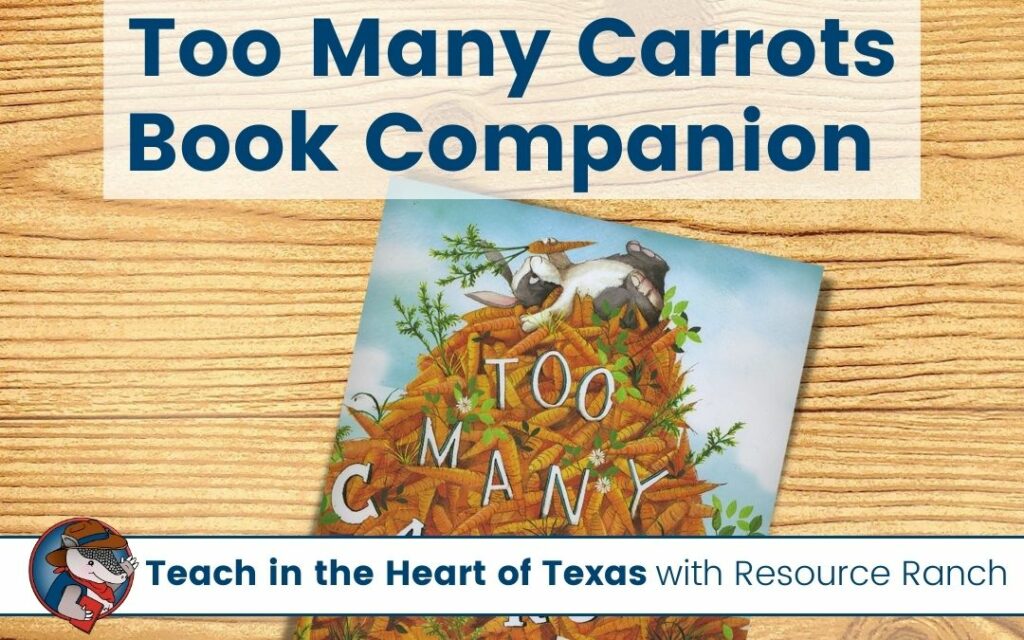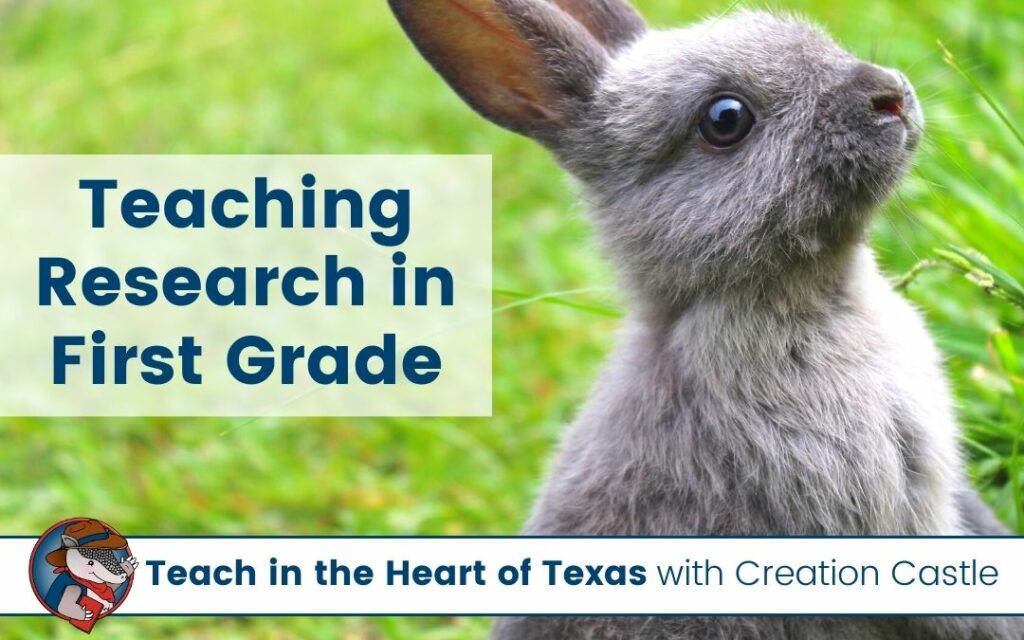Teaching the chicken life cycle to first graders can be a fun and engaging learning experience! In this blog post, we’ll discuss some creative ways to introduce this concept to your students.
Quick Links
Using Picture Books to Teach the Chicken Life Cycle
When introducing a new topic, I always like to start with a picture book. This usually helps capture your students’ attention and gets them excited about the new concept. It also is a great way to get them thinking about questions they may have on the topic.
There are of course lots of options out there, but here are a few to get you started:
- From Egg to Chicken by Camilla de la Bedoyere is full of facts, photos, and diagrams to help kids understand the growth and development of chickens.
- Hatching Chicks in Room 6 by Caroline Arnold follows a kindergarten classroom as they hatch chicks!
- Chicks and Chickens by Gail Gibbons is a great introduction to the process of hatching chicks and how they grow into adult chickens. It also includes information on different breeds of chickens. (Gail Gibbons is usually my go-to author when introducing new science topics!)
- Chicks! by Sandra Horning is a book your students may be able to read independently. It follows a family that brings home chicks from a farm.
- Chickens Aren’t the Only Ones by Ruth Heller uses rhyming text and colorful illustrations to introduce young readers to the life cycles of a variety of animals, including chickens.
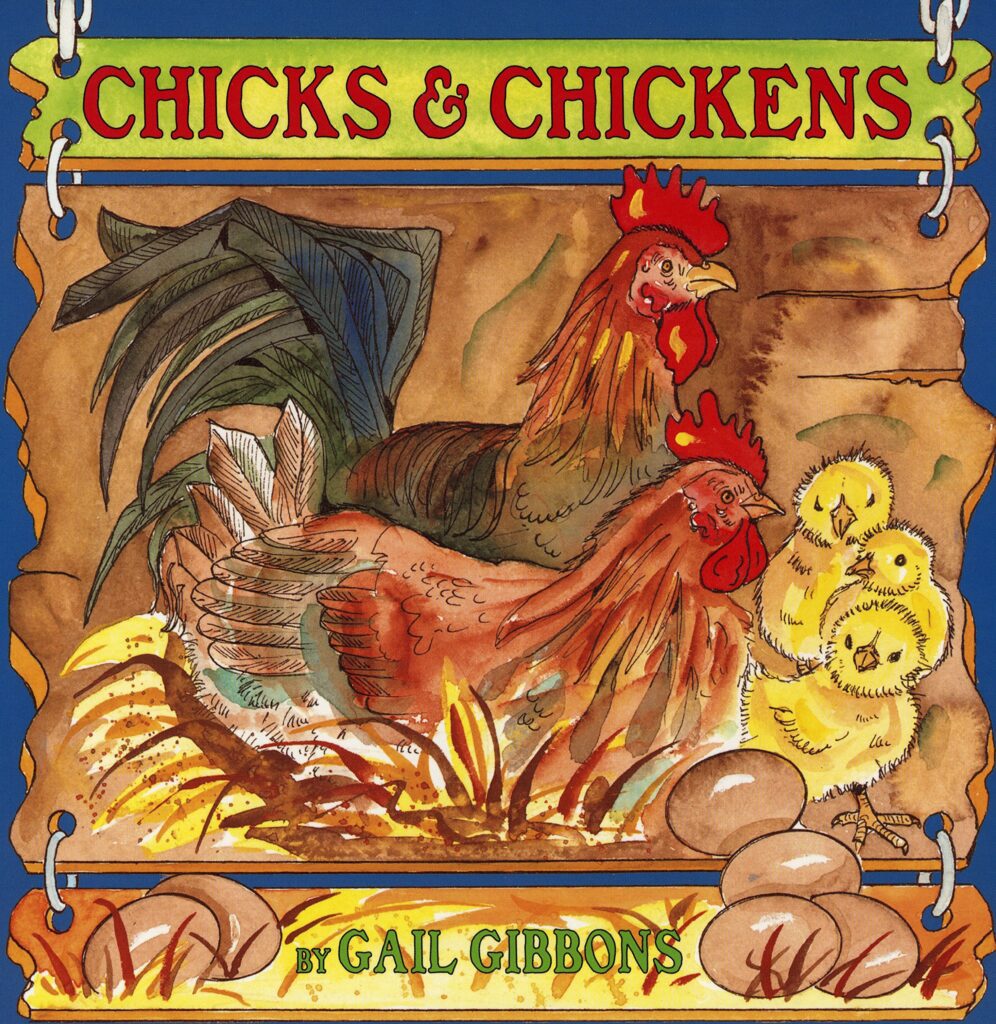
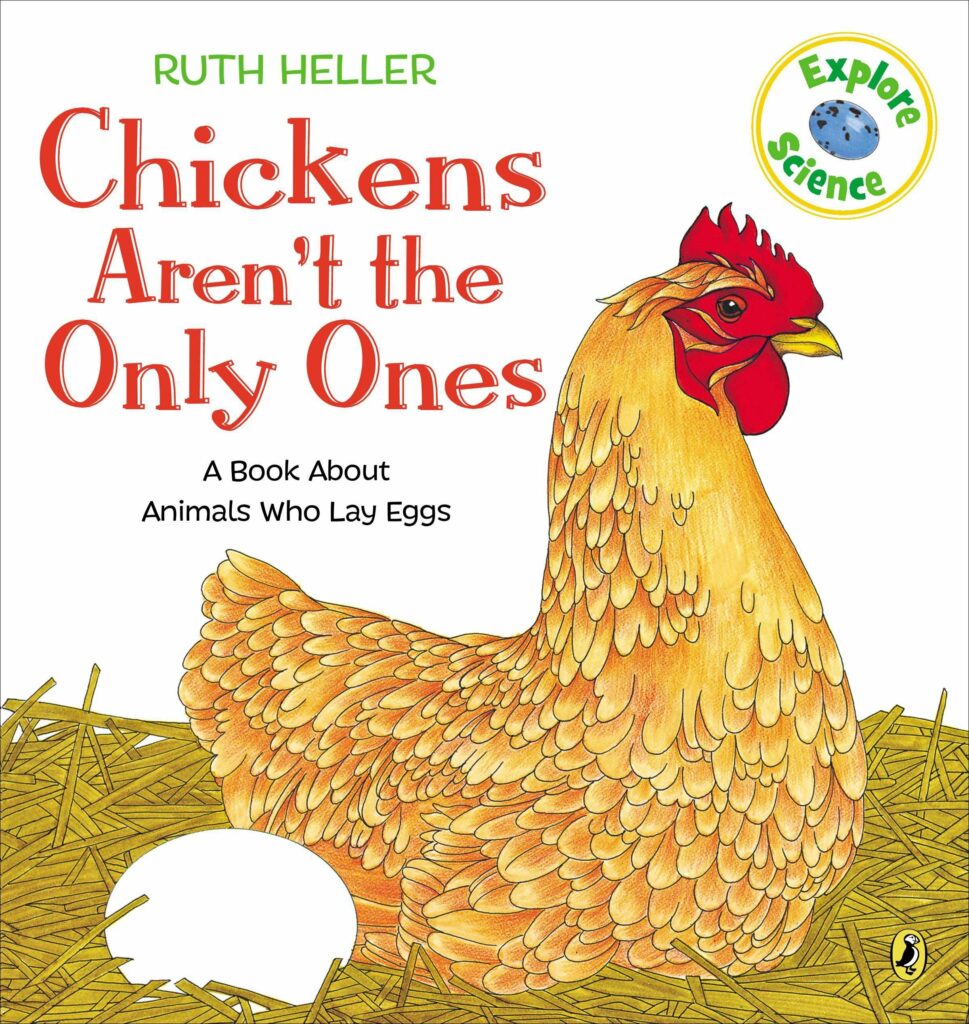
Explaining the Chicken Life Cycle
After reading a few books or reading passages, you can really dive into the concept of a life cycle. Explain to the students that life cycles exist for all living things, including chickens. Show them an image or diagram of the chicken life cycle and explain the different stages. Ask them questions to encourage discussion and engagement.
If you’ve already discussed other life cycles such as butterflies, frogs, or plants, ask students to make connections between them and the chicken life cycle.

Chicken Life Cycle Activities
Next, have the students create their own timeline or diagram showing each stage of the chicken life cycle. This will help them visualize the process and better understand each stage of the cycle. You can also have them label the stages on their diagram or write some facts to go along with their timeline.
Finally, consider taking the students on a field trip to a local farm or pet store. Alternatively, you could also bring a live chicken or eggs into the classroom. This will help them observe the different stages of the chicken life cycle in real life and it will give the students a hands-on experience they won’t forget.
I have heard that hatching chicks can be a little trickier than growing butterflies or frogs. I highly suggest doing some research first to see if you have the time and space to do this. It would certainly be disappointing for kids to wait on eggs that will never hatch.
Teaching the chicken life cycle to first graders can be an exciting and memorable experience. With some creativity and thoughtful planning, you can help your students better understand this fascinating process.

Creation Castle
Heather is the author of Creation Castle. She has experience with general education, special education, and ESL students in kindergarten through fifth grade. She specializes in early elementary math and literacy, as well as organization.

